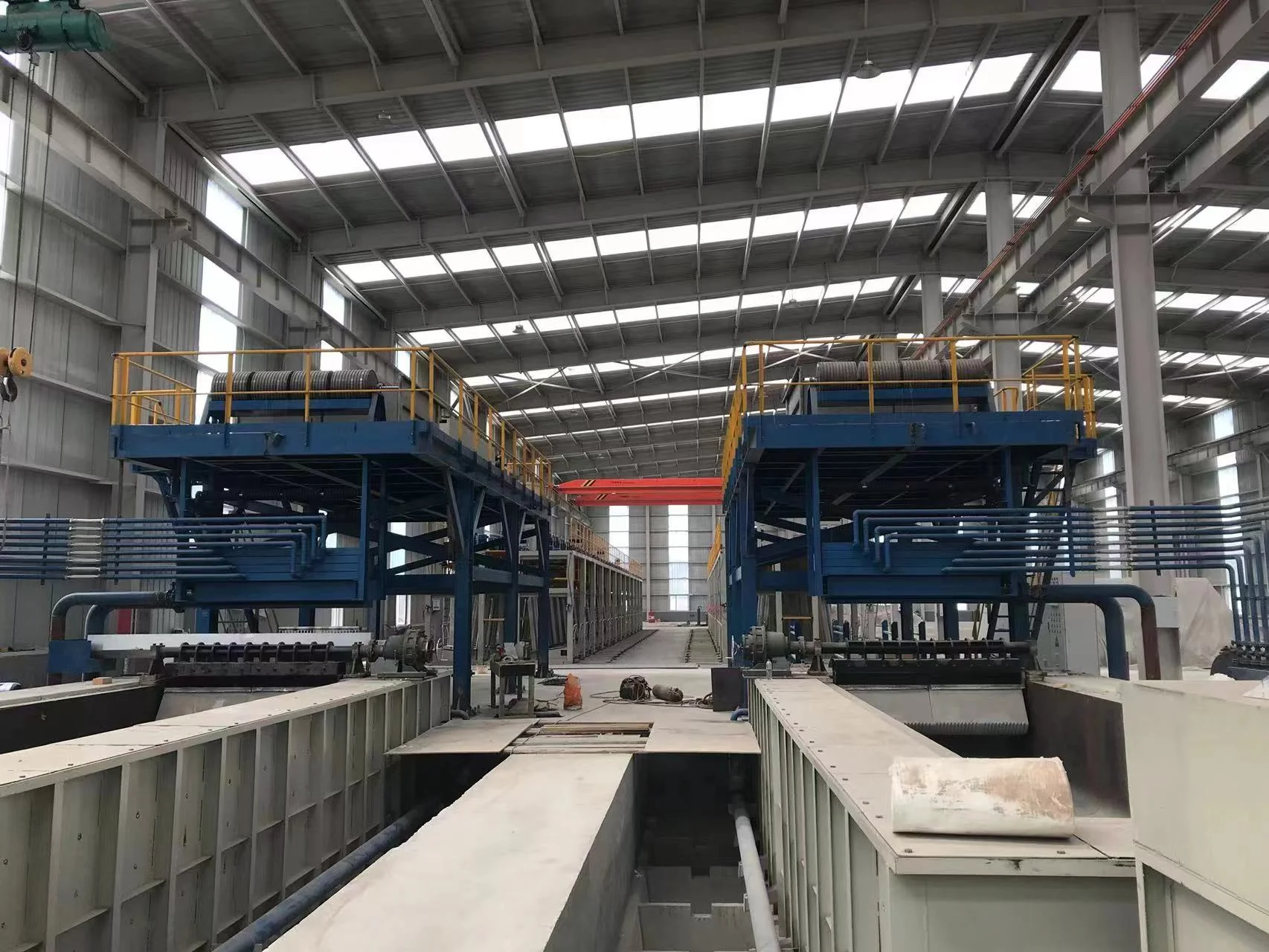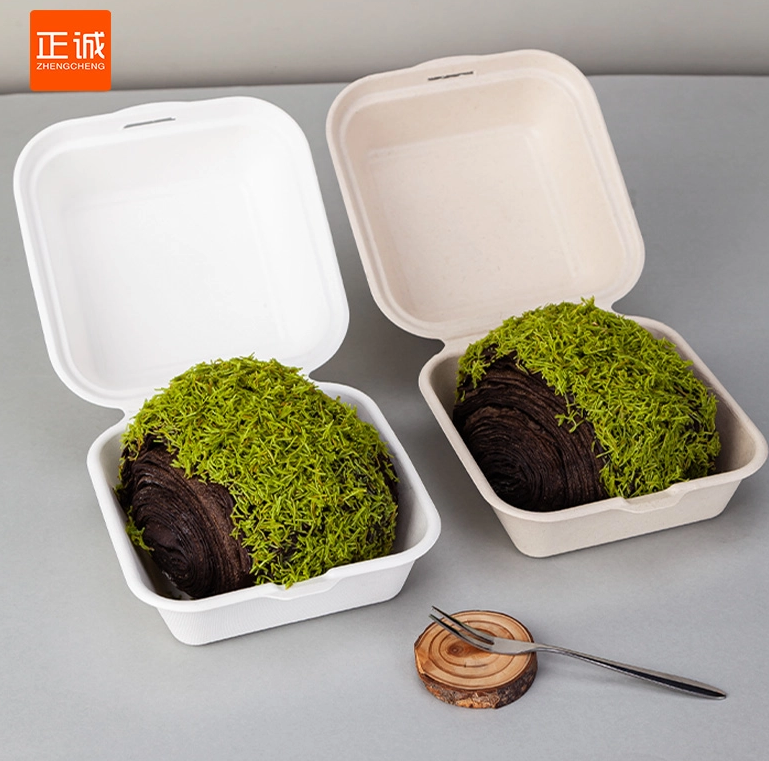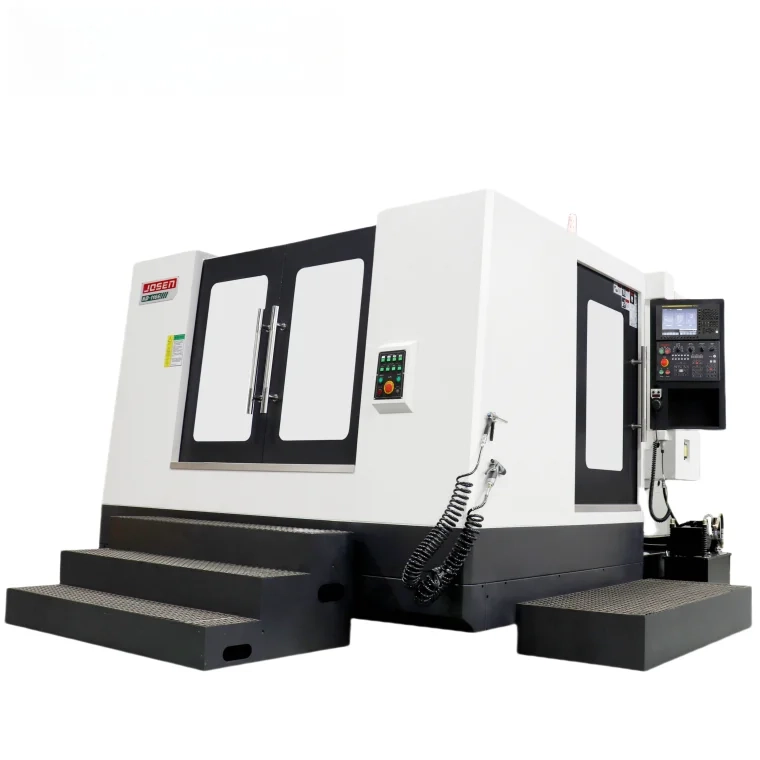Hot dip galvanizing is a robust and widely adopted method for applying a protective zinc coating to steel or iron to prevent rusting. One of the critical components in ensuring the success, durability, and performance of this process is the heat treatment phase. In the context of a hot dip galvanized wire machine, heat treatment plays a pivotal role in enhancing the mechanical properties, adhesion quality, and corrosion resistance of the final product. In this blog post, Yifam, as a high quality automatic wire drawing machine exporter, will share the importance of heat treatment hot dip galvanized wire machine for sale.
1. Overview of Hot Dip Galvanizing Process
Hot dip galvanizing involves immersing steel wire into a bath of molten zinc at temperatures typically around 450°C (842°F). The process leads to a metallurgical bond between the zinc coating and the steel substrate, forming a series of zinc-iron alloy layers topped with pure zinc. These layers offer robust corrosion protection, especially in harsh environmental conditions.
The process can be broken down into several stages:
* Surface Preparation: Cleaning of the wire to remove impurities (rust, oil, scale).
* Fluxing: Application of a flux solution to promote zinc adhesion.
* Galvanizing: Immersion into the molten zinc bath.
* Cooling and Finishing: Quenching and additional coating treatments.
Before and during this sequence, heat treatment is employed at critical stages to ensure optimal microstructural properties and mechanical performance.
2. Role of Heat Treatment in Wire Preparation
Before the galvanizing bath, the wire undergoes various thermal processes. These are tailored depending on the chemical composition of the steel and the desired final characteristics.
2.1 Annealing
Annealing is a key heat treatment process that involves heating the wire to a specific temperature and then slowly cooling it. This is done to:
* Relieve Internal Stresses: Cold drawing and deformation of wire induce internal stresses. Annealing relieves these, improving ductility.
* Refine Grain Structure: Controlled heating and cooling help refine the crystalline structure, which enhances strength and toughness.
* Improve Surface Quality: A homogeneous, soft surface aids in the uniform formation of zinc layers during galvanizing.
Annealing can be conducted in different atmospheres:
* Open Air Annealing: More economical but prone to surface oxidation.
* Controlled Atmosphere Annealing (e.g., N₂, H₂): Produces cleaner surfaces, ideal for high-quality galvanizing.
2.2 Normalizing
Normalizing involves heating the wire above its critical temperature and then allowing it to air cool. This process is particularly important for:
* Homogenizing Microstructure: Elimination of structural irregularities caused by prior manufacturing processes.
* Improving Mechanical Properties: Enhances tensile strength and hardness, which are critical for load-bearing applications.

3. Preheat Treatment Before Galvanizing
Preheating immediately before immersion in molten zinc is essential for:
* Evaporation of Moisture and Flux Residues: Reduces the risk of zinc splattering, which can be hazardous and reduce coating quality.
* Reducing Thermal Shock: Gradual temperature increase reduces thermal stress on the wire, preventing warping or cracking.
* Enhancing Zinc Adhesion: Ensures the steel surface is at an optimal temperature for a strong metallurgical bond with the zinc.
Preheat zones are typically maintained in the range of 120°C to 200°C (248°F to 392°F), depending on the wire type and flux composition.
4. Effect of Heat Treatment on Metallurgical Bonding
The interaction between the steel and molten zinc is a diffusion-controlled process. Proper heat treatment:
* Activates the Steel Surface: Makes it more receptive to zinc diffusion, facilitating the formation of zinc-iron intermetallic layers.
* Controls Alloy Layer Thickness: Excessively thick layers can be brittle and flake off; heat treatment helps in controlling diffusion rates to produce optimal coating thickness.
* Prevents Coating Defects: Uneven heat treatment can lead to localized overheating or underheating, resulting in non-uniform coating or bare spots.
A typical intermetallic structure consists of:
* Gamma (Γ) Phase: Closest to steel, hardest but brittle.
* Delta (δ) Phase: Intermediate layer, provides strength.
* Zeta (ζ) Phase: Near-surface layer, good adherence.
* Eta (η) Phase: Outermost pure zinc layer, provides sacrificial protection.
5. Post-Galvanizing Heat Treatments
While less common, certain applications require post-galvanizing heat treatments to further enhance wire properties.
5.1 Tempering
Tempering involves heating the galvanized wire to a lower temperature (typically between 150°C and 300°C) to:
* Reduce Brittleness: Especially important if the coating includes thick intermetallic layers.
* Improve Adhesion: By relieving internal stresses between the zinc and steel.
* Enhance Ductility: Critical for wire products that undergo further forming or bending.
5.2 Passivation and Finishing
Though not a heat treatment per se, processes like chromate passivation can be combined with thermal processes to ensure:
* Improved Corrosion Resistance
* Better Aesthetic Finish
* Controlled Coating Thickness
6. Impacts on Production Efficiency and Quality Control
From a manufacturing standpoint, integrated heat treatment systems in hot dip galvanized wire machines offer several advantages:
* Consistent Quality: Uniform temperature control leads to consistent coating and mechanical properties.
* Reduced Rework: Properly treated wires are less likely to develop defects such as peeling, cracking, or insufficient coating.
* Energy Efficiency: Modern heat treatment systems are designed to minimize energy consumption through heat recovery and insulation.
* Process Automation: Advanced galvanizing lines include programmable heat treatment zones, allowing precise control over dwell times and temperatures.
Quality assurance involves continuous monitoring of:
* Zinc Coating Thickness (ASTM A123, ISO 1461 standards)
* Adhesion Tests
* Tensile and Bend Tests
* Surface Appearance and Roughness
7. Applications and Performance Benefits
Galvanized wire is used in a variety of industries including construction, agriculture, automotive, and power transmission. Heat treatment ensures that wires can:
* Withstand Mechanical Stresses: E.g., fencing, suspension cables.
* Endure Harsh Environments: E.g., marine or industrial settings.
* Maintain Formability: Important for wire mesh, nails, and fasteners.
By optimizing the heat treatment process, manufacturers can tailor the product’s properties to match specific application needs, balancing strength, flexibility, and corrosion protection.
8. Conclusion
Heat treatment is not just a preparatory step but a central pillar in the hot dip galvanizing process for wire manufacturing. Its influence extends from metallurgical transformations to coating quality, impacting both the aesthetics and performance of the final product. For manufacturers aiming to meet stringent quality standards while maintaining operational efficiency, integrating advanced and precise heat treatment modules into their galvanizing lines is not optional—it is essential.
As galvanizing technology continues to evolve, so too must the approaches to thermal processing. Investments in controlled atmosphere furnaces, intelligent thermal profiling, and automated systems will yield high returns in product durability, process reliability, and customer satisfaction.
www.yifam.com
Yifam





+ There are no comments
Add yours